|
|
This newsletter is a summary of recent ESO Science Announcement items. Follow the links or visit ESO Science Announcements to read more.
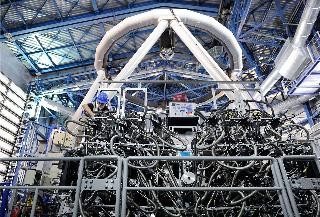
|
18 Feb 2016: The ESO Director General proposes to dedicate up to 60 nights of Director's Discretionary Time in four forthcoming observing periods to a Public Deep Field using MUSE. This project will be carried out towards the end of 2017 with enhanced seeing capabilities provided by GALACSI БЂ“ the wide-field Ground Layer Adaptive Optics (GLAO) unit of the quad-laser Adaptive Optics Facility (AOF) on VLT UT4.
|
|
| Read more
|
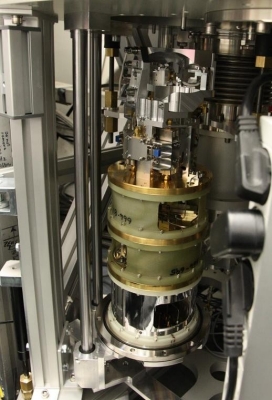
|
17 Feb 2016: A new Band 9 receiver was installed inside the Swedish ESO PI receiver for Apex (SEPIA) at APEX in early February. This receiver, built by NOVA, is a copy of the ALMA Band 9 receiver, and covers frequencies from 600 to 722 GHz. After on-sky commissioning in late March, Science Verification (SV) observations are planned. Ideas for SV, which will allow testing of a large variety of observing modes for this new receiver, are encouraged. The Call for Proposals for SEPIA Band 9 SV can be found here and the deadline is 12:00 CET, Friday 11 March 2016.
|
|
| Read more
|
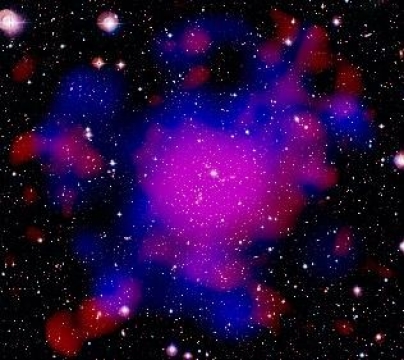
|
15 Feb 2016: ESA has recently issued an announcement of opportunity for new science ideas in the Science Programme. The ESA Director of Science solicits from the broad scientific community proposals for the competitive selection of new "Science Ideas", to be investigated in terms of feasibility and needed technology developments. Full details can be found here. The deadline for submission of letters of intent is 9 May 2016 12:00 CEST.
Since last year, ESO and ESA have agreed closer co-ordination (see the ESO public announcement).
|
|
| Read more
|
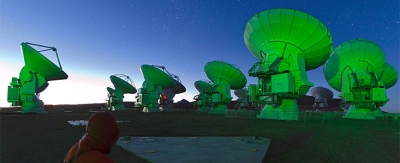
|
09 Feb 2016: As indicated in the Pre-announcement for the Cycle 4 Call for Proposals, the Joint ALMA Observatory (JAO) will accept proposals for Large Programs for the first time in Cycle 4. An announcement which provides guidelines to prepare a Large Program proposal can now be found on the ALMA Science Portal.
|
|
| Read more
|

|
31 Jan 2016: Half a Decade of ALMA: Cosmic Dawns Transformed
This international four-day conference will highlight ALMA results at
the threshold of the array's fifth year of science operations and bring
together researchers from around the world to motivate collaborations
for ALMA Cycle 5.
September 20 - 23, 2016
Renaissance Indian Wells Resort & Spa
Indian Wells, CA, USA
|
|
| Read more
|
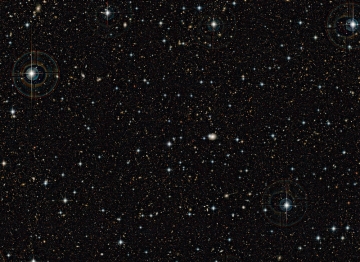
|
20 Jan 2016: zCOSMOS (PI Simon Lilly, ESO Large Programme 175.A-0839) is a large redshift survey undertaken in the COSMOS field using the VIMOS spectrograph. About 600 hours were awarded to this Large Programme, which was executed between 2005 and 2010. This final release of zCOSMOS-bright includes 20689 1-d spectra.
|
|
| Read more
|
Upcoming ESO or ESO-Related Workshops
- ESO/OPTICON School on Use and Data Reduction of X-shooter and KMOS
ESO Headquarters, Garching, Germany, 9БЂ“13 May 2016This NEON Archive School is devoted to proposal preparation and data reduction for X-shooter and KMOS. The School is preferentially targeted to PhD students, but advanced MSc's, junior Postdocs, as well as senior researchers, can also apply. Introduction to Phase 1 and 2 for both instruments and hands-on experience with data reduction tools will be provided. Details here; a few places are still available and registration closes on 5 March 2016.
- Resolving Planet Formation in the Era of ALMA and Extreme AO
Joint ESO, ALMA, NAOJ, NRAO Workshop. ESO Vitacura, Santiago, Chile, 16БЂ“20 May 2016Results from ALMA Long Baseline observations and from SPHERE, GPI and other high-contrast AO instruments herald new developments in the fields of protoplanetary and debris discs, and planet formation. For the first time observations of the regions where planets form are achievable. The workshop will discuss the state-of-the-art results, offering a panchromatic view, with a balance between observations and theory. Discussions will be scheduled on how facilities, such as JWST, E-ELT and TMT, and progress in modeling, will advance the field of planetary formation. The workshop is open for registration and the abstract deadline is 1 March 2016.
- Active Galactic Nuclei: What's in a name?
ESO Workshop, ESO Headquarters, Garching, Germany, 27 June БЂ“ 1 July, 2016Active Galactic Nuclei (AGN) are being discovered in ever-larger numbers over the whole electromagnetic spectrum. Different bands (infrared, optical/UV, X-ray, нЁ-ray and radio) employ different methods to identify these sources but, most importantly, provide different windows on AGN physics. The main goal of the Workshop is to paint the AGN big picture within a truly multi-wavelength approach and to understand the intrinsic and fundamental properties of AGN and the physics behind them. Contributors from all wave-bands are encouraged to apply. Full details on the website or by inquiry to agn2016. The deadline for abstract submission is 25 March 2016.
- MUSE First Year Science and Beyond
EWASS 2016, Athens, Greece, 4БЂ“8 July 2016The VLT wide field optical integral field spectrograph MUSE has opened up exciting new perspectives in many different areas of observational astrophysics, including star forming regions, stellar populations, local and distant galaxy kinematics and high-z galaxy studies. The Symposium will cover the full range of topics tackled by MUSE observations and highlight key results from the first year of observations. Particular aims are to: share experience regarding observing strategy, reduction and analysis; discuss challenges to interpret and model MUSE data; and stimulate synergies with other facilities. Full details on the EWASS webpage for Symposium S3; deadline for abstract submission is 15 March 2016.
- Discs in Galaxies
Joint ESO, MPA, MPE, LMU, TUM and Excellence Cluster Universe Conference. ESO Headquarters, Garching, Germany, 11 БЂ“ 15 July 2016The aim of this conference is to explore the importance of stellar and gaseous discs in a variety of galaxies from high redshift to the Milky Way within the context of new observations and numerical simulations. Stellar and gaseous discs represent the most important structural component in normal galaxies and interpreting their early formation and destruction, via observations and numerical simulations, indicates the key processes that shape the eventual Hubble sequence.
This conference will provide a timely and wide ranging exploration of discs in galaxies from observational and theoretical aspects. More details here; the abstract deadline is 18 March 2016.
- Supernovae Through the Ages
Workshop co-funded by ESO, Easter Island, 9-13 August 2016Supernova science has entered a golden age with daily announcements of new discoveries and the rate set to increase with new facilities. As supernova sample sizes increase, well-observed nearby events will still provide insights into progenitor properties and explosion mechanisms. The conference aims at addressing these challenges (and others) through "understanding the past to prepare for the future" with a focus on past, present and future surveys, including also explosion models, progenitors, their link to stellar evolution and the first supernovae.
The conference celebrates the contributions that Mark Phillips and Nicholas Suntzeff have made to this field. Further details are available on the workshop webpage. The registration and abstract submission deadline is 31 March 2016.
|
|
|
|
|
|
|
|